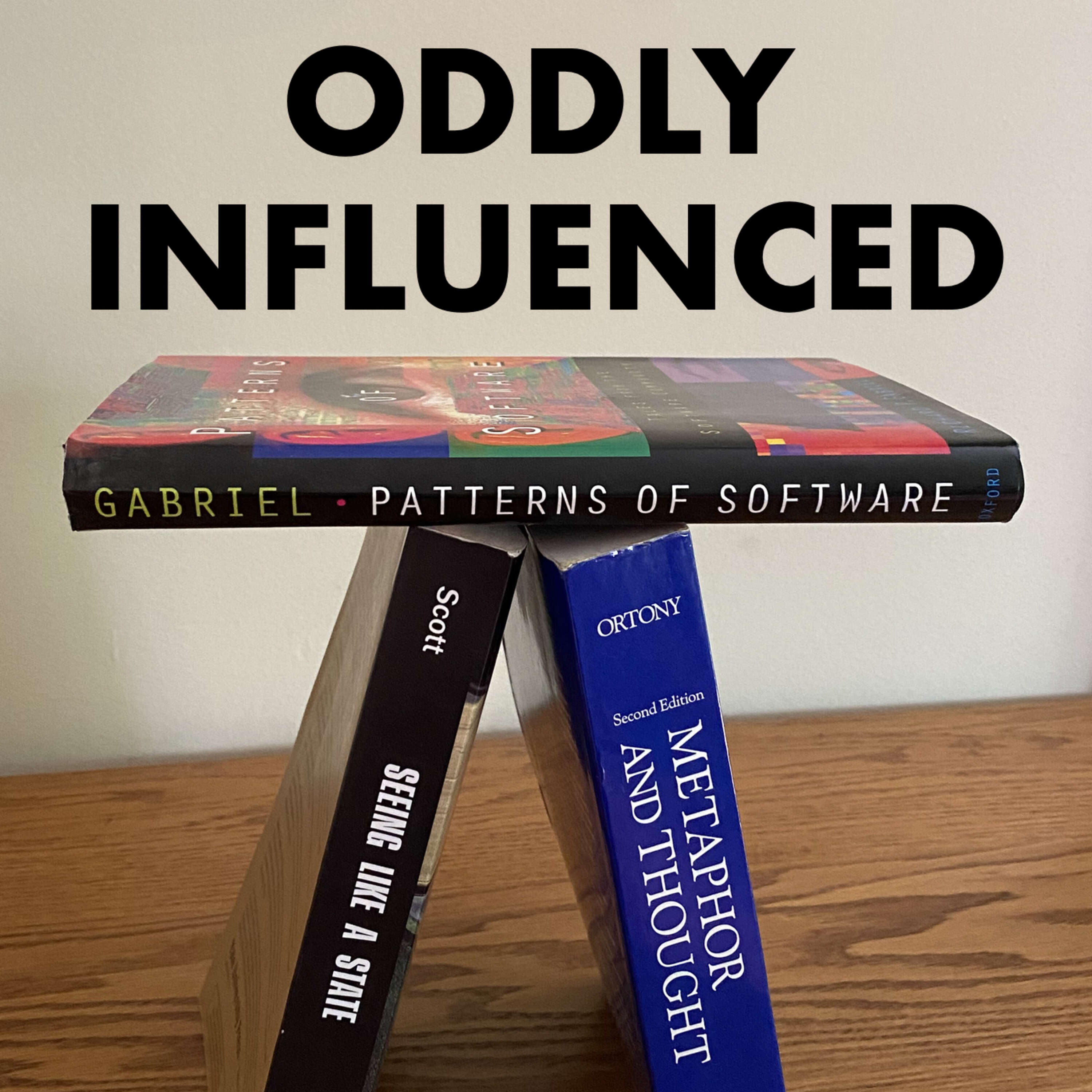Roles in collaborative circles, part 1
Farrell describes a number of distinct roles important to the development of a collaborative circle. This episode is devoted to the roles important in the early stages, when the circle is primarily about finding out what it is they actually dislike about the status quo. In order to make the episode more "actionable", I describe the roles using Christopher Alexander's style of concentrating on opposing "forces" that need to be balanced, resolved, or accommodated. Sources
Michael P. Farrell, Collaborative Circles: Friendship Dynamics and Creative Work, 2001.
Christopher Alexander et al, A Pattern Language: Towns, Buildings, Construction, 1977.
Mentioned (or that I wish I'd found a way to mention)
Gamma et al, Design Patterns, 2004
Eric Evans, Domain-Driven Design, 2003. I also like Joshua Kerievsky's pattern-language-like description of study groups, "Pools of Insight".
Brian Marick, "Patterns failed. Why? Should we care?", 2017 (video and transcript)
"Arches and Chains" (video) is a nice description of how arches work.
Ryan Singer, "Designing with forces: How to apply Christopher Alexander in everyday work", 2010 (video)
"Rational Unified Process" (wikipedia)
James Bach, “Enough About Process, What We Need Are Heroes”, IEEE Software, March 1995.
Firesign Theatre, "I think we're all bozos on this bus", 1971. (wikipedia)
"Bloomers" (wikipedia article about a style of dress associated with first-wave feminists).
CreditsThe picture is of Dawn and me sitting on our "Stair Seat", where we observe the activity on our lawn, sidewalk, and street. Which mainly consists of birds, squirrels, and people walking dogs. But it still fits Christopher Alexander's pattern of that name.

